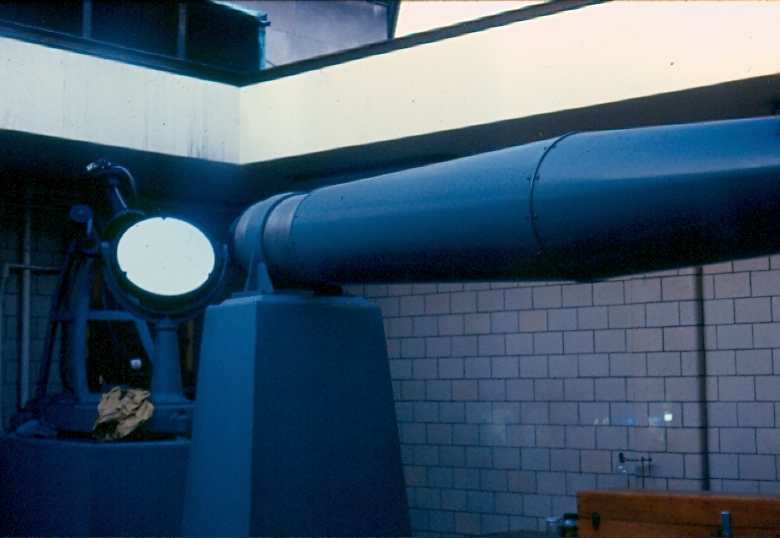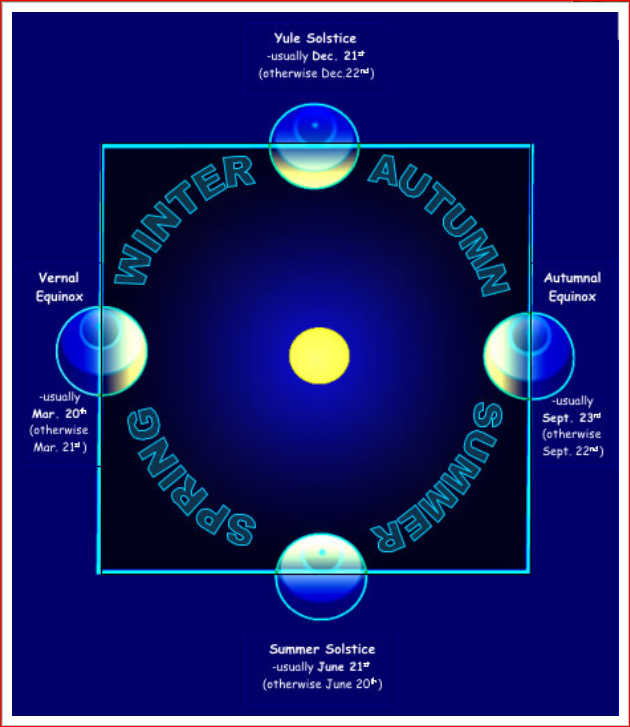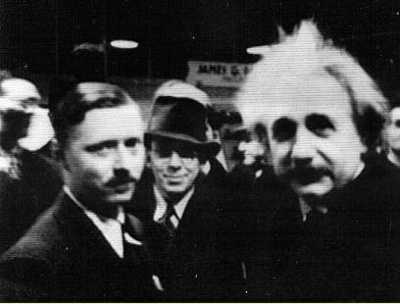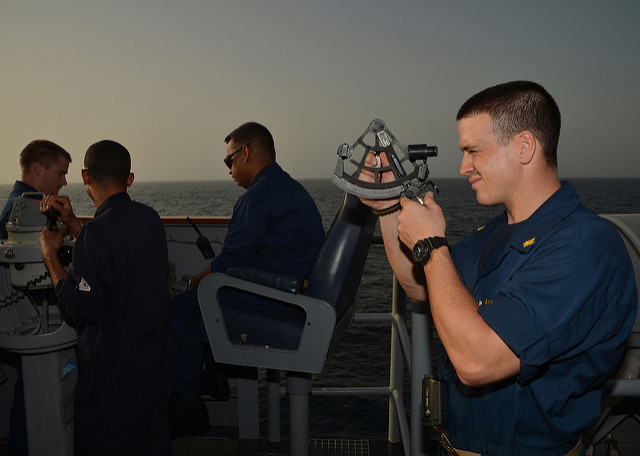
By Glenn A. Walsh
Reporting for SpaceWatchtower
Every four years
(usually), the calendar year is longer by 24 hours than the previous
three years. However this Leap-Year of 2016 will be even longer, by
one second, with the addition of a Leap-Second at the very end of the
year as determined by Coordinated Universal Time (UTC).
On July 6, the U.S. Naval
Observatory in America (after a decision made by the International
Earth Rotation and Reference Systems Service) announced that a Leap-Second would be added to the civil
time scale on Saturday Evening, 2016 December 31 at 23:59:60
Coordinated Universal Time (UTC) / 6:59:60 p.m. Eastern Standard Time
(EST). Leap-Seconds are added, occasionally when needed, at either
the end of June or the end of December, or both.
As with all Leap-Seconds, the Leap-Second occurs at the end of the day as determined by Coordinated Universal Time. In the case of a December 31 Leap-Second, this means that the Leap-Second will be added at the very end of 2016 in the Western Hemisphere of Earth. In the Eastern Hemisphere, where January 1 will take-effect before 23:59:60 UTC, the Leap-Second will occur during the first day of 2017.
As with all Leap-Seconds, the Leap-Second occurs at the end of the day as determined by Coordinated Universal Time. In the case of a December 31 Leap-Second, this means that the Leap-Second will be added at the very end of 2016 in the Western Hemisphere of Earth. In the Eastern Hemisphere, where January 1 will take-effect before 23:59:60 UTC, the Leap-Second will occur during the first day of 2017.
Coordinated Universal
Time (sometimes referred to as Greenwich Mean Time or Greenwich Civil Time), an international time scale used by most of the world's
scientists, is configured to begin the day at the Prime Meridian at
the Royal Greenwich Observatory (commissioned by King Charles II in
1675) in Greenwich, England, five miles southeast of central London.
This is the legacy of the time several centuries ago when Great
Britain was the world's foremost seafaring power.
Since the first
Leap-Second was added in June of 1972, 26 Leap-Seconds have been
added over the years. Leap-Seconds added in both June and December of
the same year have occurred only once, thus far: in 1972, the year
Leap-Seconds commenced. The last Leap-Second was added on 2015 June
30 at 23:59:60 UTC / 7:59:60 p.m. Eastern Daylight Saving Time (EDT).
Leap-Seconds have been
added, periodically, to respond to the continual slowing of the
rotation rate of the Earth, so the world's clocks do not vary
significantly from the normal sunrise and sunset times throughout the
year. Tidal forces from the Moon (and to a lesser extent, the Sun),
in addition to the well-known ocean tides, work to slow the Earth's
rotation rate. Geologic conditions that change the distribution of
the Earth's mass, such as the movement of the Earth's crust relative
to its core, are a contributing factor to slowing of the rotation
rate.
In theory, a negative
Leap-Second, retracting one second at the end of June or December, is
also possible. This would occur if the Earth's rotation rate started
accelerating. However, there has never been a need for a negative
Leap-Second.
The slowing of the Earth's
rotation rate is not consistent, and hence, Leap-Seconds are
irregularly spaced and unpredictable. No Leap-Seconds were added
between the Leap-Second of 1998 December 31 and the Leap-Second of
2005 December 31, while Leap-Seconds were added each year from 1972
to 1979 (including the two Leap-Seconds in 1972). The International
Earth Rotation and Reference Systems Service (IERS), based in
Frankfurt, Germany, usually decides to install a Leap-Second in the
time scale about six months in advance of implementation.
Of course, the Earth's
rotation rate does not suddenly slow down by one second, at certain
intervals. The Earth's rotation rate has been continually slowing
down, and this continues to be monitored by scientists.
Currently, the Earth's
rotation rate, measured as UT1 (Universal Time-1 - Mean Solar Time at
the Prime Meridian in Greenwich, England), is behind scientists' more
consistent UTC [derived from International Atomic Time (TAI),
determined by atomic clocks] by four-tenths of a second (clock
correction known as DUT1, which is UT1 minus UTC). So, for the civil
time scale to stay more consistent with the Earth's rotation rate, a
Leap-Second is needed to slow down UTC by one second.
Once the Leap-Second takes effect (at
23:59:60 UTC on Saturday, 2016 December 31), this would
make the Earth's rotation rate in advance of UTC by six-tenths of a
second. Then, it may take a couple years for the Earth to slow down
enough, to the point where UT1 would again be behind UTC and another
Leap-Second would be needed. UTC is never allowed to advance more
than nine-tenths of a second ahead of UT1, although usually a
Leap-Second is added long before that could happen.
Leap-Seconds have proven
to be a problem for computers. Hence, in 2005 there was a proposal to
eliminate Leap-Seconds, possibly replacing them with Leap-Hours as a
way to keep the civil time scale in-sync with the Earth's rotation
rate. However, this issue has been quite controversial among
scientists and government officials, so the decision to make any
change has been delayed.
Precise time signals,
which will include the Leap-Second on December 31 as well as the
daily DUT correction, are now provided by government agencies via
radio, telephone, and the Internet. This includes agencies such as
the U.S. Naval Observatory (USNO), National Institute of Standards
and Technology (NIST) [originally known as the National Bureau of
Standards (NBS)] of the U.S. Department of Commerce, and the National
Research Council (NRC) of Canada. Earlier in the 19th
century, the Allegheny Observatory in Pittsburgh provided precise
time signals to the railroads and some cities via the telegraph.
Radio time signals, with
voice announcements each minute, are provided by three short-wave
radio stations in North America: WWV in Fort Collins, Colorado and
WWVH in Kekaha, Kauai, Hawaii, both operated by the National
Institute of Standards and Technology, and CHU in Ottawa, Ontario,
operated by the National Research Council of Canada. Radio-controlled
clocks automatically receive the precise time from NIST-operated,
long-wave radio station WWVB in Fort Collins, Colorado.
Internet Links to Additional Information ---
More on the Leap-Second -
Link 1 >>> http://www.timeanddate.com/time/leapseconds.html
Link 2 >>> https://en.wikipedia.org/wiki/Leap_second
Link 3 >>> http://earthsky.org/human-world/leap-second-june-30-december-31-why-need-controversy
More on Universal Time (including UT1 & UTC):
Link >>> http://en.wikipedia.org/wiki/Universal_Time
More on Coordinated Universal Time:
Link >>> http://en.wikipedia.org/wiki/Coordinated_Universal_Time
More on International Atomic Time:
Link >>> http://en.wikipedia.org/wiki/International_Atomic_Time
International Earth Rotation and Reference Systems Service (IERS):
Link >>> https://en.wikipedia.org/wiki/International_Earth_Rotation_and_Reference_Systems_Service
Royal Greenwich Observatory:
Link >>> https://en.wikipedia.org/wiki/Royal_Observatory%2C_Greenwich
More on precise, international radio time services ---
WWV (SW), Fort Collins, Colorado (Voice announcements of precise time):
Link >>> https://en.wikipedia.org/wiki/WWV_%28radio_station%29
WWVH (SW), Kekaha, Kauai, Hawaii (Voice announcements of precise time):
Link >>> https://en.wikipedia.org/wiki/WWVH
CHU (SW), Ottawa, Ontario, Canada (Voice announcements of precise time):
Link >>> https://en.wikipedia.org/wiki/CHU_%28radio_station%29
WWVB (LW), Fort Collins, Colorado (For Radio-Controlled Clocks only):
Link >>> https://en.wikipedia.org/wiki/WWVB
More on precise time via telegraph in the 19th century, from Pittsburgh's Allegheny Observatory:
Link >>> http://spacewatchtower.blogspot.com/2016/03/some-states-to-abandon-daylight-saving.html
Related Blog Posts ---
"Leap-Year to be Even Longer w/ Added Leap-Second!" 2016 July 11.
Link >>> http://spacewatchtower.blogspot.com/2016/07/leap-year-to-be-even-longer-w-added.html
"'Leap Second' Tue. Evening Due to Slowing Earth Rotation Rate." 2015 June 30.
Link >>> http://spacewatchtower.blogspot.com/2015/06/leap-second-tue-evening-due-to-slowing.html
"Slowing Earth Rotation Rate Necessitates June 'Leap Second'." 2015 Jan. 27.
Link >>> http://spacewatchtower.blogspot.com/2015/01/slowing-of-rotation-rate-necessitates.html
"End of the "Leap Second"?" 2012 Jan. 17.
Link >>> http://spacewatchtower.blogspot.com/2012/01/end-of-leap-second.html
Source: Glenn A. Walsh Reporting for SpaceWatchtower, a project of Friends of the Zeiss.
2016 December 27.

2016: 75th Year of Pittsburgh's Buhl Planetarium Observatory
Link >>> http://spacewatchtower.blogspot.com/2016/11/75th-anniversary-americas-5th-public.html
Like This Post? - Please Share!
More Astronomy & Science News - SpaceWatchtower Twitter Feed:
Link >>> https://twitter.com/spacewatchtower
Astronomy & Science Links: Link >>> http://buhlplanetarium.tripod.com/#sciencelinks
Want to receive SpaceWatchtower blog posts in your inbox ?
Send request to < spacewatchtower@planetarium.cc >.
gaw
Glenn A. Walsh, Project Director, Friends of the Zeiss: < http://buhlplanetarium.tripod.com/fotz/ >
& SpaceWatchtower Editor / Author: < http://buhlplanetarium2.tripod.com/weblog/spacewatchtower/gaw/ >
Electronic Mail - < gawalsh@planetarium.cc >
Astronomy Links: < http://buhlplanetarium.tripod.com/#astrolinks >
Science Links: < http://buhlplanetarium.tripod.com/#sciencelinks >
SpaceWatchtower Twitter News Feed: < https://twitter.com/spacewatchtower >
SpaceWatchtower Blog: < http://spacewatchtower.blogspot.com/ >
LibraryWatchtower Blog: < http://librarywatchtower.blogspot.com >
South Hills Backyard Astronomers Blog: < http://shbastronomers.blogspot.com/ >
Barnestormin Blog: Writing, Essays, Pgh. News, etc.: < http://www.barnestormin.blogspot.com/ >
Author of History Web Sites on the Internet --
* Buhl Planetarium, Pittsburgh:
< http://www.planetarium.
* Adler Planetarium, Chicago:
< http://adlerplanetarium.
* Astronomer, Educator, Optician John A. Brashear:
< http://johnbrashear.tripod.com >
* Andrew Carnegie & Carnegie Libraries:
< http://www.andrewcarnegie.
* Civil War Museum of Andrew Carnegie Free Library:
< http://garespypost.tripod.com >
* Duquesne Incline cable-car railway, Pittsburgh:
< http://inclinedplane.tripod.
* Public Transit:
< http://andrewcarnegie2.tripod.



